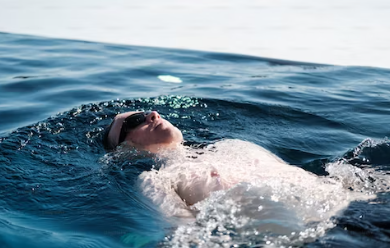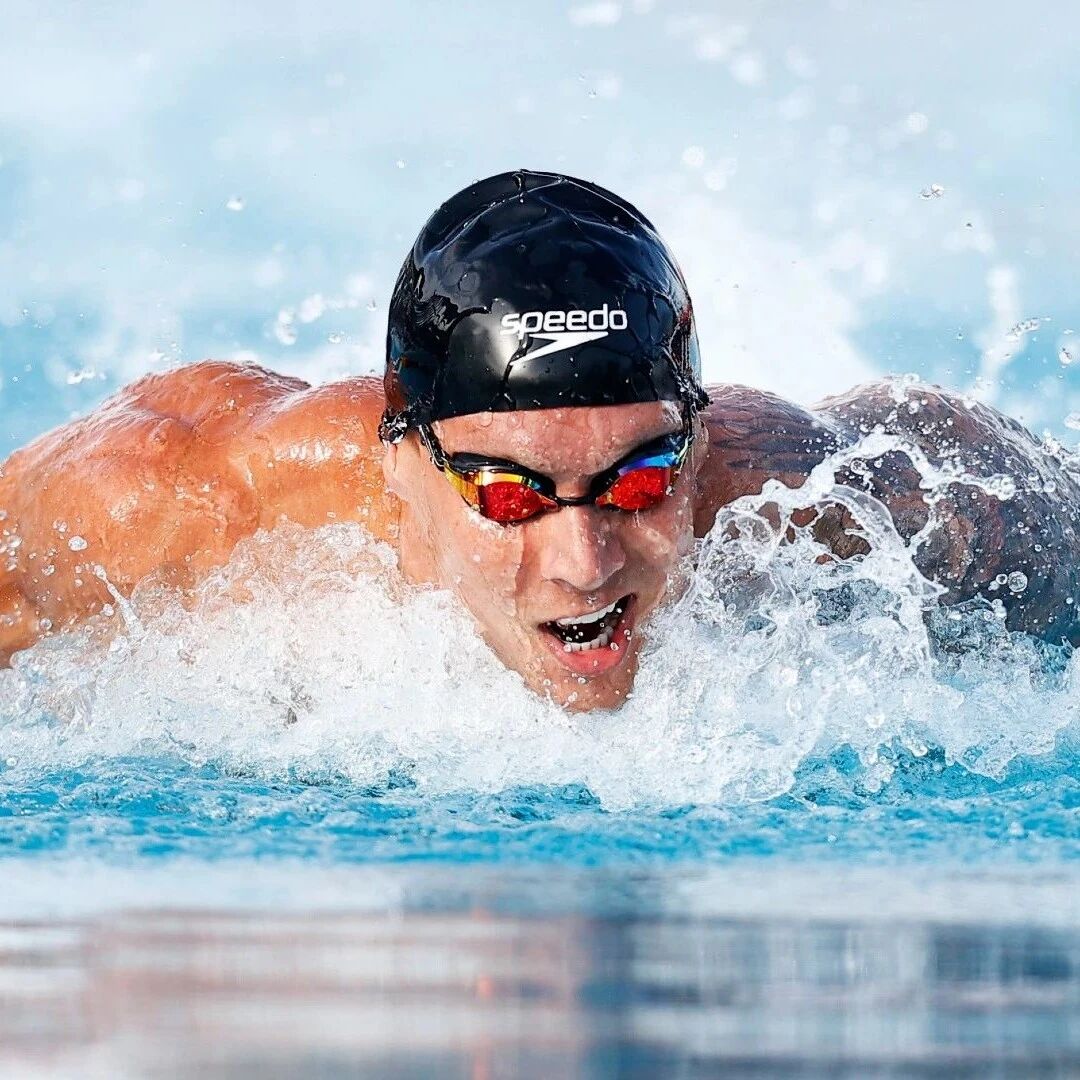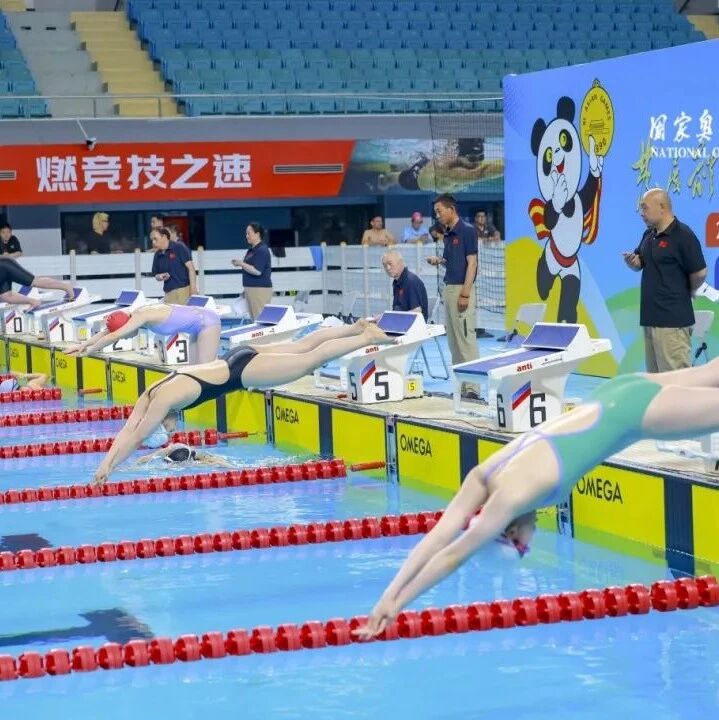Why are long-term swimmers healthier?

Long-term commitment to swimming can significantly improve your physical fitness and effectively help prevent and manage the incidence of diseases. Don’t believe it? Just keep reading—you’ll see!
Consistently swimming is the ultimate enemy of cervical spondylosis, lumbar spine issues, and prostate problems.
Data from the "Chinese Association of Rehabilitation Medicine": The prevalence of cervical spondylosis in China has reached 17.6%, meaning one in every six people suffers from the condition. Among urban populations heavily reliant on smartphones and computers, the rate has surged to one in every three individuals.
"Digital Dwellers," "Office Workers," "Homebound Individuals," and "Gaming Table Enthusiasts"—these groups consistently maintain one prolonged, repetitive action: bending their heads down, standing for long periods, sitting for extended durations, or lying in bed for hours. As a result, blood circulation in their bodies becomes impaired, making them highly susceptible to conditions like cervical spine disorders, lumbar spine issues, and prostate-related ailments.
Swimming requires constantly lifting your head to breathe, extending your body forward, and smoothly pulling and kicking your legs—all of which help increase your heart rate, boost cardiac output, accelerate blood circulation, and effectively stretch your muscles. Regularly swimming is a powerful ally in combating cervical and lumbar spine issues, as well as prostate problems.

Consistently swimming over the long term can help control the incidence of "three high" conditions.
The "three highs" people often talk about refer to high blood sugar, high blood pressure, and high cholesterol—conditions that have emerged as lifestyle-related diseases in affluent societies, with their incidence steadily rising year after year. High cholesterol can lead to vascular blockages, while high blood pressure may cause cerebral hemorrhages and ruptured brain vessels. And high blood sugar can result in diabetes.
Swimming burns a significant amount of body heat, boosting metabolism and accelerating blood circulation. It provides just the right amount of cardiovascular stimulation, effectively helping to prevent heart and vascular diseases while also lowering cholesterol and blood sugar levels. During your swim, it’s important to maintain a balanced pace—enough to achieve your fitness goals without pushing yourself too hard.
You can typically gauge exercise intensity by monitoring your target heart rate and how you feel. The target heart rate is calculated as: (220 minus your age) multiplied by 45% to 60%. For example, if you're 40 years old, your heart rate after exercising should ideally be between 81 and 108 beats per minute.

Long-term swimming can help relieve exercise-induced asthma.
South Korea’s renowned swimmer Park Tae-hwan was diagnosed with asthma as a child. Fearing for his health, his parents encouraged him to take up swimming as a way to ease his symptoms—and lo and behold, not only did his asthma disappear, but he went on to become an Olympic champion. Talk about killing two birds with one stone!
A key characteristic of water is its nearly incompressibility. Because water is more than 800 times denser than air, the pressure exerted on a person underwater is significantly greater than in air—this is precisely why beginners often struggle to breathe comfortably in water. As the pressure on the chest and abdominal cavities increases underwater, it forces the respiratory muscles to work much harder to take in air.

Consistently swimming over the long term can help prevent physical aging caused by muscle flaccidity and bone fragility.
A study published in the journal *Applied Physiology* actually supports this view: Researchers used mice as their subjects and divided them into three groups—running, swimming, and a control group (no exercise). The results showed that running was most effective at boosting bone density, while the swimming group outperformed both the running and control groups—in terms of both increased bone density and greater thigh muscle mass.
Swimming is a full-body sport that, while not ideal for building bulky, pronounced muscles, significantly enhances the strength and coordination of many muscle groups—particularly those in the core, shoulder girdle, and upper limbs. Because swimming involves overcoming substantial water resistance and is a repetitive, rhythmic activity, consistent training can improve not only muscle strength and speed but also endurance and joint flexibility over time.
Swimming is the top exercise choice for arthritis patients.
The top 5 risk factors for arthritis patients: aging, obesity, cold weather, joint overuse, and post-injury/illness sequelae. To slow down joint aging and reduce wear-and-tear, some people avoid exercise altogether for fear of further damaging their joints. However, this approach is actually incorrect—on the contrary, swimming in moderation is the best choice for maintaining healthy joints.
Since the cartilage in joints relies on synovial fluid within the joint for nourishment, movement applies intermittent pressure to the cartilage, promoting the circulation of synovial fluid throughout the tissue. However, if a joint remains immobilized for extended periods, it can lead to poor cartilage nutrition and early degeneration. On the other hand, excessive physical activity may place undue stress on the joint, resulting in cartilage damage—especially in patients already suffering from osteoarthritis, where improper exercise levels can worsen their condition. That’s why swimming in a horizontal position, being a weight-bearing-free activity, effectively helps maintain joint health by reducing strain on the joints.
When swimming, your body floats effortlessly in the water, relieving joints of body weight and minimizing stress on them. This not only ensures joint mobility while building muscle strength but also helps boost overall muscular endurance. Additionally, engaging multiple joints during swimming stimulates the function of vital organs like the heart and lungs, enhancing cardiovascular fitness and strengthening the immune system to improve disease resistance. For middle-aged and older adults, the ideal swimming intensity is to keep the heart rate between 85 and 100 beats per minute—maintaining a moderate-to-low exercise load is key.

Swimming is also the top choice for cancer patients.
Swimming allows your mind and body to reconnect—calming your spirit, centering your energy, and helping your entire being feel relaxed and balanced. It enhances your coordination, leaving you feeling vibrant and full of life. In the water, breathe steadily, gently extend your arms through the glide, and let go entirely as mind and body merge into one, losing yourself in the moment. Most importantly, consistent swimming not only keeps us healthy but also brings us joy!


Related Articles

How Swimmers Set Goals (Part 1)

Azure waves reflect our original aspirations—Yingdong Swimming Pool ignites the nationwide fitness craze with the 2025 "National Olympic Sports Cup" Adult Swimming Qualification Tournament.
